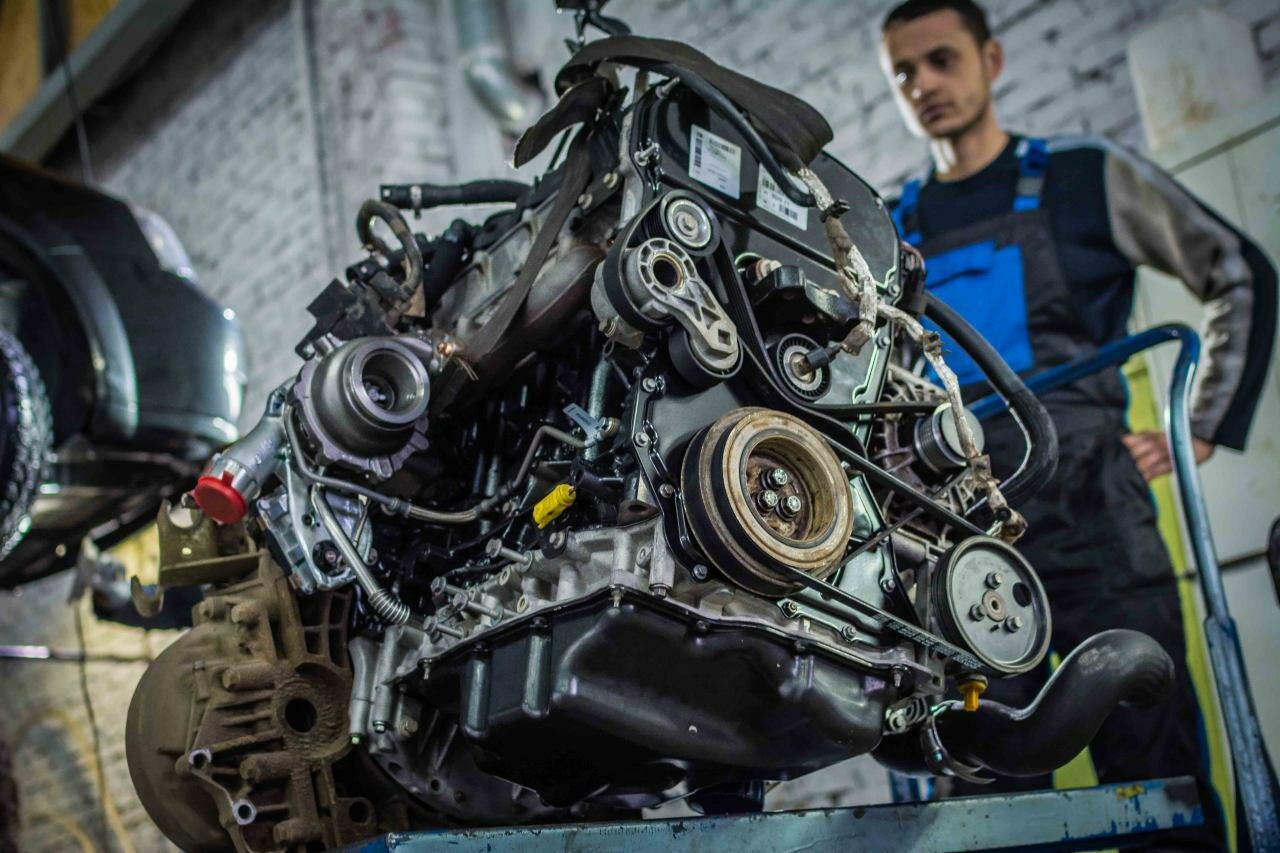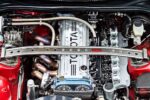Mitsubishi Challenger 2.5 Diesel Engine Problems
If you are a proud owner of a Mitsubishi Challenger equipped with a 2.5 diesel engine, it is essential to be aware of the potential problems that may arise. While the Mitsubishi Challenger is known for its ruggedness and off-road capabilities, it is not without its fair share of issues. In this article, we will delve into some of the common problems that have been reported with the 2.5 diesel engine, providing you with valuable insights and practical recommendations.
- Understanding the Challenges
- Common Problems
- Implications and Safety Concerns
- Practical Recommendations
The purpose of this article is to equip you with the necessary knowledge to identify and address these problems effectively. It is important to note that while the Mitsubishi Challenger may experience certain issues, it remains a capable and reliable vehicle when properly maintained and serviced. So, let’s explore the challenges associated with the 2.5 diesel engine and learn how to mitigate them for a smoother driving experience.
Common Problems with Mitsubishi Challenger 2.5 Diesel Engine
Understanding the Challenges
When it comes to the Mitsubishi Challenger 2.5 diesel engine, there are several recurring issues that owners have reported. While these problems may not be universal, it is important to be aware of them to ensure timely maintenance and avoid potential breakdowns. Let’s explore some of the most common problems faced by Mitsubishi Challenger owners:
1. Turbocharger Failure
One of the primary concerns with the 2.5 diesel engine is the frequent occurrence of turbocharger failures. The turbocharger plays a crucial role in enhancing the engine’s performance by increasing air intake. However, due to design flaws or insufficient maintenance, the turbocharger may fail prematurely, resulting in reduced power, increased fuel consumption, and even engine stalling. It is recommended to regularly inspect and clean the turbocharger to prevent such issues.
2. Fuel Injector Problems
Fuel injector problems are another prevalent issue in the Mitsubishi Challenger 2.5 diesel engine. Over time, the fuel injectors can become clogged or damaged, leading to poor fuel atomization and uneven combustion. This can result in reduced engine efficiency, rough idling, and increased emissions. Regularly cleaning or replacing the fuel injectors is crucial to maintain optimal engine performance.
3. EGR Valve Malfunction
The Exhaust Gas Recirculation (EGR) valve in the 2.5 diesel engine is responsible for reducing emissions by recirculating a portion of the exhaust gases back into the combustion chamber. However, this valve is prone to malfunctioning, causing issues such as engine hesitation, rough running, and increased smoke emissions. Cleaning or replacing the EGR valve when necessary can help alleviate these problems.
4. Timing Belt Failure
The timing belt in the Mitsubishi Challenger 2.5 diesel engine is vital for synchronizing the engine’s internal components. Unfortunately, timing belt failures have been reported, often due to inadequate maintenance or prolonged usage. If the timing belt snaps or slips, it can result in severe engine damage, including bent valves and piston collisions. Regularly inspecting and replacing the timing belt as per the manufacturer’s recommendations is crucial to prevent catastrophic engine failure.
Top views |
|
|---|---|
 |
Oil, Timing Chains, Pistons: What Really Kills an Engine Prematurely? |
 |
How to Choose a Car with a Reliable Engine: Used Car Market Hacks That Actually Work |
Conclusion
In conclusion, the Mitsubishi Challenger 2.5 diesel engine is not without its fair share of problems. Turbocharger failures, fuel injector issues, EGR valve malfunctions, and timing belt failures are some of the common challenges faced by owners. It is crucial to address these problems promptly to avoid costly repairs and ensure the longevity of your vehicle. Regular maintenance, including proper cleaning, inspection, and timely replacement of components, can go a long way in mitigating these issues. By staying informed and proactive, you can enjoy a smoother and more reliable driving experience with your Mitsubishi Challenger.




0 Comments